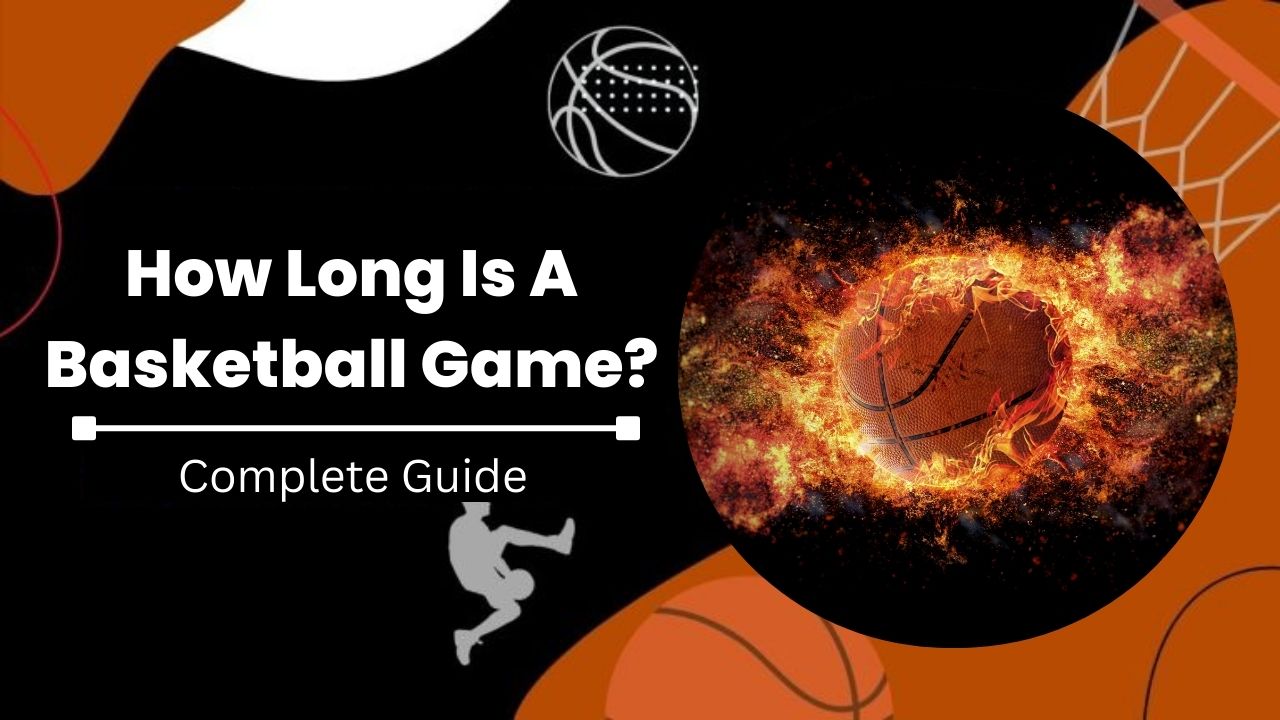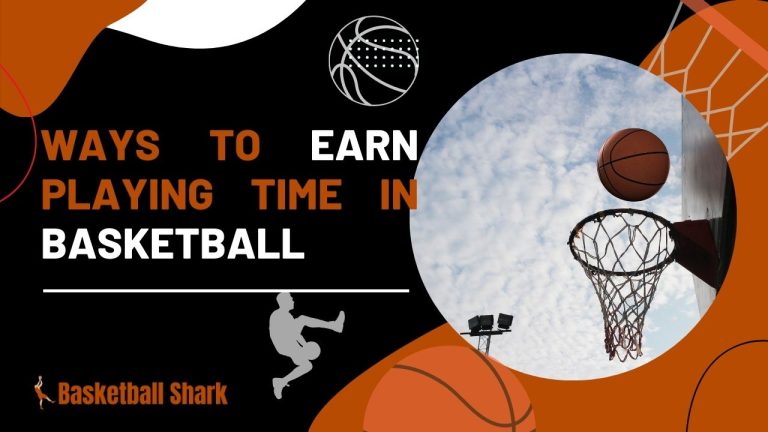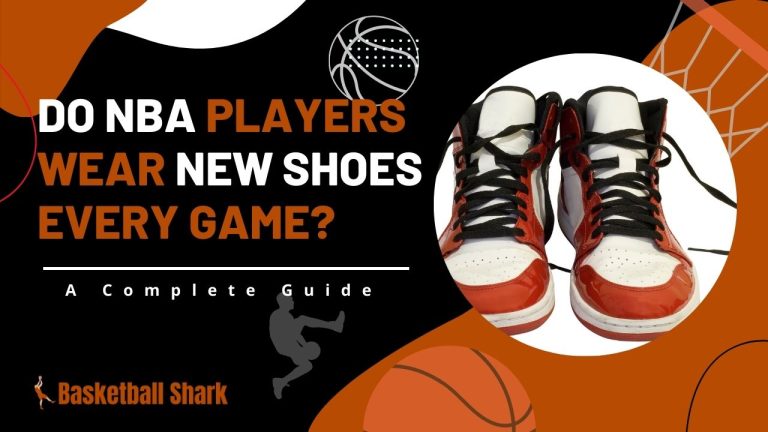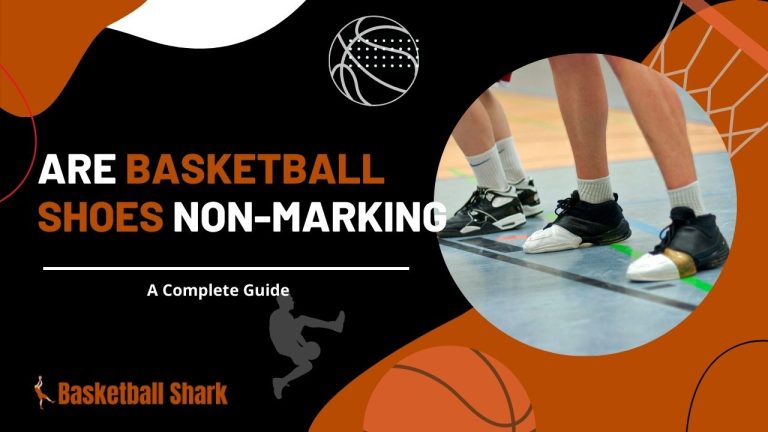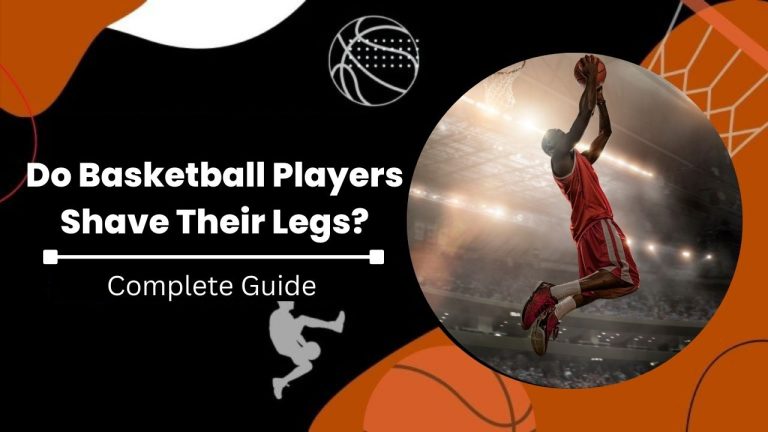How Long Is A Basketball Game?
A basketball game’s length depends on the level of competition. In the NBA, games are played in four quarters of 12 minutes each, for a total of 48 minutes. However, the entire length of the event is usually between 2 to 2.5 hours due to timeouts, halftimes, and other stoppages of the game.
In the WNBA, games are played over two 20-minute halves, for a total playing time of forty minutes. FIBA games are played over four quarters lasting 10 minutes each for a total of 40 minutes, with five minutes of overtime (if needed).

NCAA men’s games are forty minutes long and divided into two 20-minute halves, while women’s games are four 10-minute quarters. The average length of time for a basketball game is around 2 hours.
Stats and Facts: Time Breakdown
| Level of Play | Regulation Game Time | Additional Time (if applicable) |
|---|---|---|
| NBA | 48 minutes | Overtime (5 minutes each) |
| NCAA (College) | 40 minutes | Overtime (5 minutes each) |
| High School | 32 minutes | Overtime (4 minutes each) |
These factual statistics outline the standard game times across different levels of basketball, shedding light on the variations in duration.
Beyond the clocked game time, considering game stoppages, such as timeouts, fouls, and breaks, impacts the total duration. These interruptions can prolong the overall length of a game significantly.
From personal experience, the ebb and flow of a basketball game extend beyond the recorded minutes. The intensity of crucial moments in the game often elongates the perceived time, creating an immersive experience for both players and spectators.
Read More:
- Are Adidas Basketball Shoes?
- Are Nike Air Forces 1 Good For Basketball?
- Are Basketball And Volleyball Shoes The Same?
How long is a full NBA basketball game?
An NBA basketball game lasts for 48 minutes, divided into four quarters of 12 minutes each. However, the entire length of the event is usually between 2 to 2.5 hours due to timeouts, halftimes, and other stoppages of the game.
The halftime break lasts for 15 minutes. In real-time, the average length of an NBA game is about 2 hours and 20 minutes, with some games lasting longer or shorter depending on various circumstances.
How long can a basketball game be?
A basketball game can vary in length depending on the level of play. In the NBA, a game is played in four quarters of 12 minutes each, for a total of 48 minutes. However, with halftime, timeouts, and other stoppages, the entire duration of an NBA game is usually between 2 to 2.5 hours, and in some cases, it can reach up to three hours, especially if overtime is played.
For WNBA, FIBA, and NCAA games, the durations vary, with WNBA games lasting 40 minutes, FIBA games lasting 40 minutes plus overtime if needed, and NCAA men’s games lasting 40 minutes divided into two 20-minute halves. The average length of time for a basketball game is around 2 hours.
How many hours play in basketball?
A basketball game regulated by the NBA is played in four quarters of 12 minutes each, for a total of 48 minutes. However, the actual duration of an NBA game is usually between 2 to 2.5 hours due to timeouts, halftime, and other stoppages.
The average length of time for an NBA game is around 2.5 hours, but it can last longer, especially if the game goes into overtime
How long do basketball players play per game?
Basketball players typically play for a total of 48 minutes per game in the NBA, divided into four 12-minute quarters. However, this does not account for time spent on fouls, injuries, free throws, and timeouts. An average NBA game lasts for 2 hours and 13 minutes, including these factors.
In terms of player minutes, a basketball player can play a total of 48 minutes per game in the NBA. Starters usually play around 25-35 minutes per game, while other players may have varying playing times depending on their role and performance.
Coaches may also limit the minutes of star players if the team is winning or losing by a large margin.
How do timeouts impact the flow and duration of a basketball game?
Timeouts have a significant impact on the flow and duration of a basketball game. In the National Basketball Association (NBA), teams are allowed seven timeouts, each of 1 minute, 15 seconds, but the maximum number of timeouts in a regulation game was reduced from 18 to 14 in 2017.
In addition, instead of allowing each team to call three timeouts in the final two minutes, the new limit is two timeouts in the final three minutes. In high school basketball, five timeouts are allotted per game, with three 60-second and two 30-second timeouts. Each team can only use two timeouts inside the final three minutes.
Timeouts are called to temporarily stop the game clock and shot clock from ticking, giving teams extra time to strategize, make substitutions, or rest players. The shot clock does not reset after a timeout is called. Instead, it resumes when the ball becomes live again.
The herky-jerky pattern of basket, timeout, foul, free throws, timeout, basket, timeout, lather, rinse, repeat might be over. However, some writers have called for the elimination of timeouts altogether.
What factors contribute to overtime in basketball games?
Basketball games can go into overtime when the score is tied at the end of regulation play. In the NBA, each overtime period is five minutes long and begins with a jump ball at mid-court. Teams get two extra timeouts for overtime in the NBA and one extra timeout in the NCAA.
Timeouts for regulation do not carry over into overtime. Team and personal fouls will carry over into overtime, as will the bonus. The entire overtime period is played with no sudden-death provision. All personal fouls are carried over to overtime.
The alternating possession rule is used to start all overtime periods under international rules while a jump ball is used under high school and NCAA rules. Games can have as many five-minute overtime periods as necessary to declare a winner.
Are there differences in the pace of play between professional and collegiate basketball games?
Yes, there are differences in the pace of play between professional and collegiate basketball games. College basketball is typically played at a much faster pace than professional basketball. This is due to several factors, including the shot clock, defensive strategies, and the number of games played.
In college basketball, the shot clock is 35 seconds, while in the NBA it is 24 seconds, leading to quicker offensive possessions. College teams also tend to be more aggressive on defense, leading to quicker transitions from offense to defense and vice versa.
Additionally, college games are played in two 20-minute halves, while professional games are divided into four 12-minute quarters, which can also affect the pace of play
How do strategic fouls affect the length of a basketball game?
Strategic fouling is a deliberate tactic used in basketball to gain an advantage in a game. It can affect the length of a basketball game in several ways:
- Reducing the time taken by the opponent’s offense: By strategically fouling, a team can force the opponent’s offense to spend more time on the court, which can lead to fatigue and potentially affect their performance.
- Forcing opponents to take unfavorable free throws: Teams may choose to foul an opponent who is a poor free throw shooter, rather than allowing a higher percentage shooter to take the shot. This can increase the chances of the opponent missing the free throws and reduce their chances of winning the game.
- Avoiding unsportsmanlike or technical fouls: Teams must be cautious when using strategic fouls to avoid committing unsportsmanlike or technical fouls, which can result in negative consequences for the team committing the fouls.
- Impacting the bonus situation: When a team reaches the team foul limit, all fouls committed during shooting or not will lead to free throw attempts for the opponent. This situation is called the bonus. Teams may use strategic fouling to reach the bonus faster, which can affect the length of the game.
- End-game decisions: Teams may choose to purposely foul in the last minute or so of a game to reduce the time remaining on the clock and minimize the chances of the opponent scoring. This strategy can affect the length of the game and potentially impact the outcome.
Overall, strategic fouling can have a significant impact on the length of a basketball game by affecting the time spent on the court, the number of free throws taken, and the overall performance of the teams involved.

